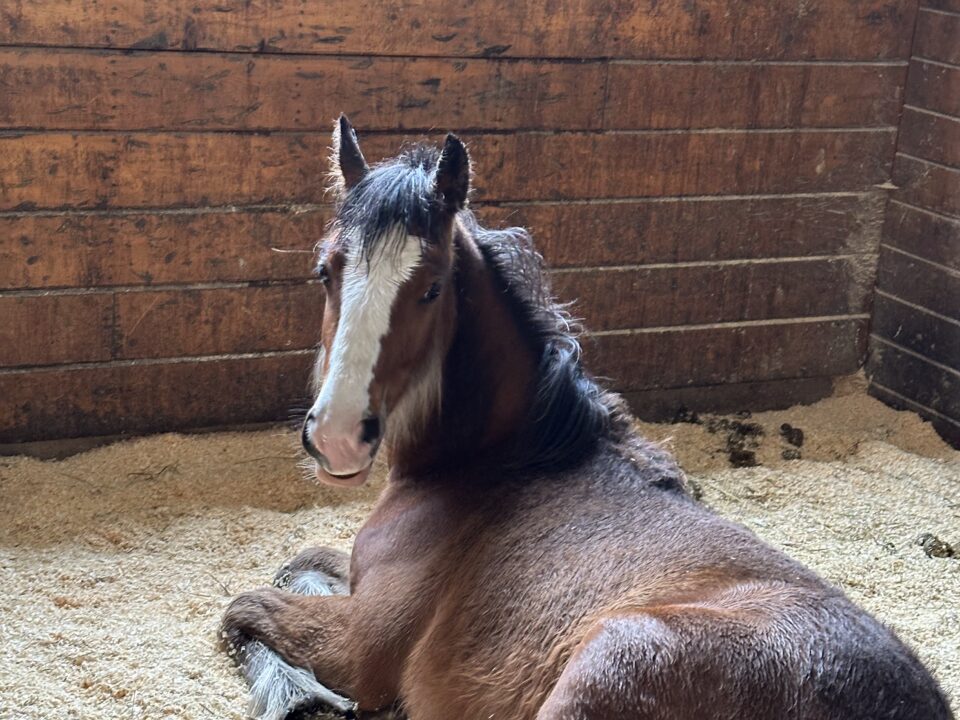Selecting a Dog Trainer
June 21st, 2021
Taking your pooch to a dog training class provides a great way to bond and learn to communicate with one another. But how do you make your time worthwhile and choose a good training program to attend? What does it really mean to be a “dog trainer”? Use these tips to improve your chances of making dog training a positive and productive experience for you and your pup.
Sit and Stay for…
Positive training techniques. The Companion Animal Sciences Institute states that “animal friendly, positive reinforcement-based methods are the most efficient and effective, and least intrusive and risk laden methods to use in animal training and behavior change programming, and most conducive to facilitate the human animal bond.” Pick a trainer who uses things that motivate dogs to facilitate learning, such as attention, praise, treats and play; and doesn’t base learning on what dogs fear or avoid.
Certification and education. Did you know that anyone can open a business and call themselves a dog trainer — no education, oversight or licensing required? Ask your training instructor what his/her background is and what certifications she/he has. Good signs include:
- Victoria Stilwell Positively Dog Training certification (VSPDT)
- Certification Council for Professional Dog Trainers (CCPDT-KA)
- Karen Pryor Academy
- Academy for Dog Trainers (formerly operated under the San Francisco SPCA)
- International Association of Animal Behavior Consultants
- Companion Animal Sciences Institute
- Association of Pet Dog Trainers membership
- A university degree in animal behavior or psychology
More certifications are explained on the Association of Professional Dog Trainers website.
Recommendations. Seek out dog trainer recommendations from trusted friends, your veterinarian, and local rescue groups or animal shelters. Some animal shelters even offer dog training classes. Keep in mind that recommendations can only go so far. For example, many veterinarians have had minimal behavior training, and may be unaware about modern training techniques. A recommendation is a good place to start, but don’t let your research end there.
Observation allowed. Ask to observe a class without your dog. Are the people in the class engaged and learning? Is the class size small enough to be manageable? Is the space adequate? Do the dogs appear comfortable, happy and excited to be there, and not afraid or overly subdued? Does the instructor welcome questions? Dog training is serious business, but classes should be fun and enjoyable for everyone — including the dogs.
References and reviews. The trainer should offer you past client references upon request, but it’s always a good idea to check out reviews on sites like Yelp.com and Angie’s List. And while you’re at it, check the Better Business Bureau for any complaints, and simply do a Google search to see what comes up.
Emphasis on people. Here’s the biggest secret of all: The best dog trainers don’t actually train dogs, they train the dogs’ owners. Though it’s easy to be impressed by an instructor’s long list of titles and achievements in the competitive obedience and show world, none of that matters if the instructor can’t effectively communicate how to train your dog to you.
Leave it if…
Aversives are used. Choke collars, prong collars, hitting, dragging, strangling, loud noises, electric shock… this is not the way to treat your best friend and companion, and not conducive to a good learning environment, either. These devices have no place in modern training. Their use promotes pain, fear, aversion, suppression, hyper-reactivity, aggression and damaging changes to brain chemistry and function. Did you know that even police and military dogs are trained using modern, reward-based techniques?
The trainer has all the answers. A good trainer is a life-long learner who is always looking to improve her instruction and techniques, and always on the lookout for more information and other ideas. She has a network of other trainers and behaviorists that she can call upon when she needs help. She regularly attends conferences and other learning opportunities. She can readily give book recommendations when asked, and the book recommendations will probably include some of the titles listed below. Beware of any trainers who espouse their innate gifts as their primary basis for their methods — and this goes for trainers featured on television, too. Unless the television show has research to support its training methods and philosophy, like Victoria Stilwell’s It’s Me or the Dog, the show should be considered only a venue for entertainment.
Emphasis on dominance/alpha. The idea that pet owners need to exert dominance over their dogs is an antiquated one. Being a good leader to your dog is about so much more than dominance and power. If the first lesson you receive is to not let your dog go through a door first because doing so would lessen your dominant role, this may not be the right trainer for you. There are a lot of reasons to ask your dog to sit while you go through a door first, such as to avoid tripping over each other, to practice sitting and waiting or to ensure safety on the other side of the door — but dominance or being “alpha dog” should not be the emphasis in any training lesson. If the trainer suggests potentially dangerous “alpha rolls”, in which the owner or trainer holds the dog on his back until he succumbs, you should choose a different trainer. Many dominance-based trainers use the buzz word “positive reinforcement” because modern day behavioral science and the amount of evidence piling up against the use of aversive techniques threatens to undermine their businesses.
Drop-offs are required. The best, most long-lasting training occurs when the family who lives with the dog is educated in training techniques and can incorporate training into everyday life. Though the idea of dropping off an unruly adolescent who climbs on counters and jumps on visitors and picking up a slack-leashed, calm dog who only chews on his nylabone is an easy sell, it is often too good to be true. At best, it gives you a jump start on training that you then have to implement on your own. More typically, there is some improvement, but without consistent enforcement, old habits come right back. At worst, the dog may have been subjected to cruel training techniques, could have gained fearful behaviors that are difficult to overcome, or could even be injured because of cruelty or neglect. See Chance’s story.
Go Fetch
Dog training books and links recommended by RedRover include:
- How to Choose a Dog Trainer – Association of Pet Dog Trainers
- How to Find a Good Dog Trainer by Quick and Dirty Tips
- It’s Me or the Dog: How to Have the Perfect Pet by Victoria Stilwell
- Culture Clash by Jean Donaldson
- How to Teach a New Dog Old Tricks by Ian Dunbar
- The Power of Positive Dog Training by Pat Miller
- The Other End of the Leash by Patricia McConnell
- Dog Sense by John Bradshaw
- 4 Paws University article library
- Ahimsa Dog Training Blog



